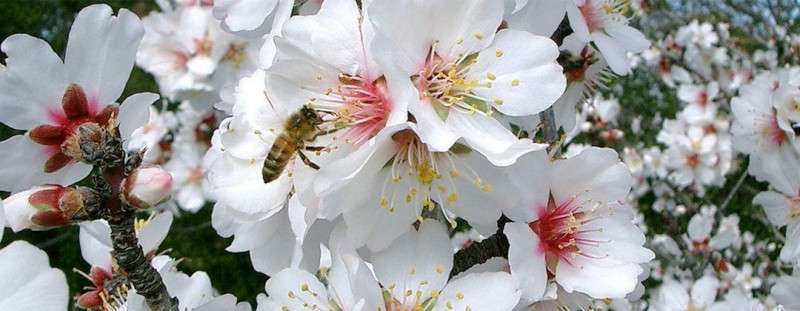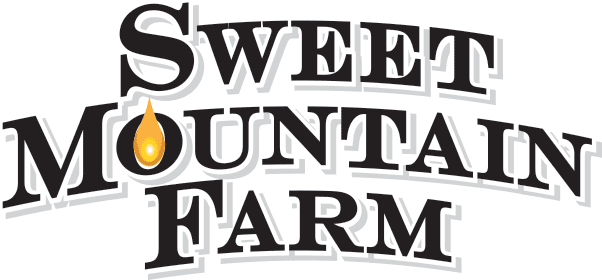Best Orchard Pollinator
Honeybees Mason Bees and Orchard Pollination
 Which insect is the best orchard pollinator? Mason bees are better orchard pollinators than honeybees. Mason bees are cold tolerant and will forage when the temperature is 55 degrees or during light precipitation, unlike most honeybees taking flight only when temperatures are above 60 degrees and stay inside when it rains.
Which insect is the best orchard pollinator? Mason bees are better orchard pollinators than honeybees. Mason bees are cold tolerant and will forage when the temperature is 55 degrees or during light precipitation, unlike most honeybees taking flight only when temperatures are above 60 degrees and stay inside when it rains.
The Russian honeybee, much like the Mason bee, is active at colder temperatures and effectively pollinates early crops. The best orchard pollinator for northern climates are cold hardy pollinators. Door County cherries, for instance, will blossom five weeks beginning the second week in May when temperatures range between 55 and 60 degrees so the Mason bee and Russian bee are ideal candidates for early crop pollination.
How are orchards killing the pollinators? It doesn’t matter if mason or honeybees are used to pollinate an orchard, whatever the species, there is always the risk of losing the pollinators if pesticide, herbicide, fungicide or fertilizer is indiscriminately used.
Here are four examples of chemical applications commonly used in Orchards.
Calypso (thiacloprid) is a pesticide that controls aphids. The jury is still out on its toxicity levels. The warning label suggests that pollinators should be restricted for 12 hours after application since residue can be found in pollen loads 6 days after application.
Captan (Tetrahydrophthalimide or THPI) is usually applied with myclobutanil fungicide for apple scab. The label states that it is non-toxic to honeybees with a contact LD50 (lethal dose) of >10 mg/bee.
Roundup (glyphosate) is a blanket vegetation herbicide that disrupts photosynthesis. Glyphosate blocks zinc, iron, manganese, and calcium, the 4 chemcials needed for a healthy immune system. In the end, it weakens and kills pollinators.
Urea is commonly used on apple trees. It is an organic microbiocide, fungicide and nitrogen fertilizer. Urea will dissipate in 2-3 hours but application must be controlled to achieve low-toxicity levels indicated by the label.
Nicotine Sulfate is highly toxic. Seven drops of pure nicotine sulfate is enough to kill a human let alone an entire bee yard and millions of pollinators.
A pollinator protection program called FieldWatch ™ was designed by staff from Purdue University Agricultural and Biological Engineering and Agricultural Communications departments. The website is a voluntary communication tool that enables crop producers, beekeepers, and pesticide applicators to work together to protect pollinators. This site includes a U.S. map that identifies the locations of registered specialty crops so applicators can alert beekeepers before potentially toxic chemicals are applied nearby. For more information, visit www.fieldwatch.com.
Use safer treatment alternatives. Choose non-toxic or low-toxic treatments such as Neem Oil and Kaolin Clay. Neem oil stimulates the trees immune response boosting overall health to ward off fungal disease and pests such as aphids. Kaolin Clay (aluminum silicate) sold under the brand name Surround controls many fruit tree pests, reduces heat stress, fruit drop, sunburn and improves color. Apple orchards in Tennessee are testing hydrogen peroxide to kill fungi such as scab. Honey contains hydrogen peroxide which is the healing agent found naturally in honey
Precautions include restricting application to the evening when the bees are in the hive. Select a dry day to minimize water contamination and a calm day to minimize drift. Select cooler temperatures and a day when the plants are not in bloom. Together, we can work to protect the pollinators.
